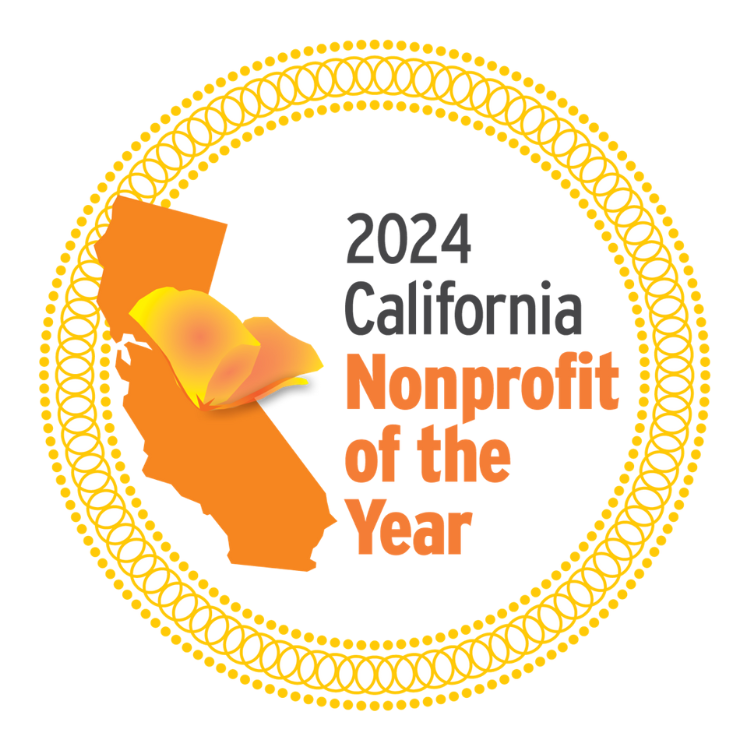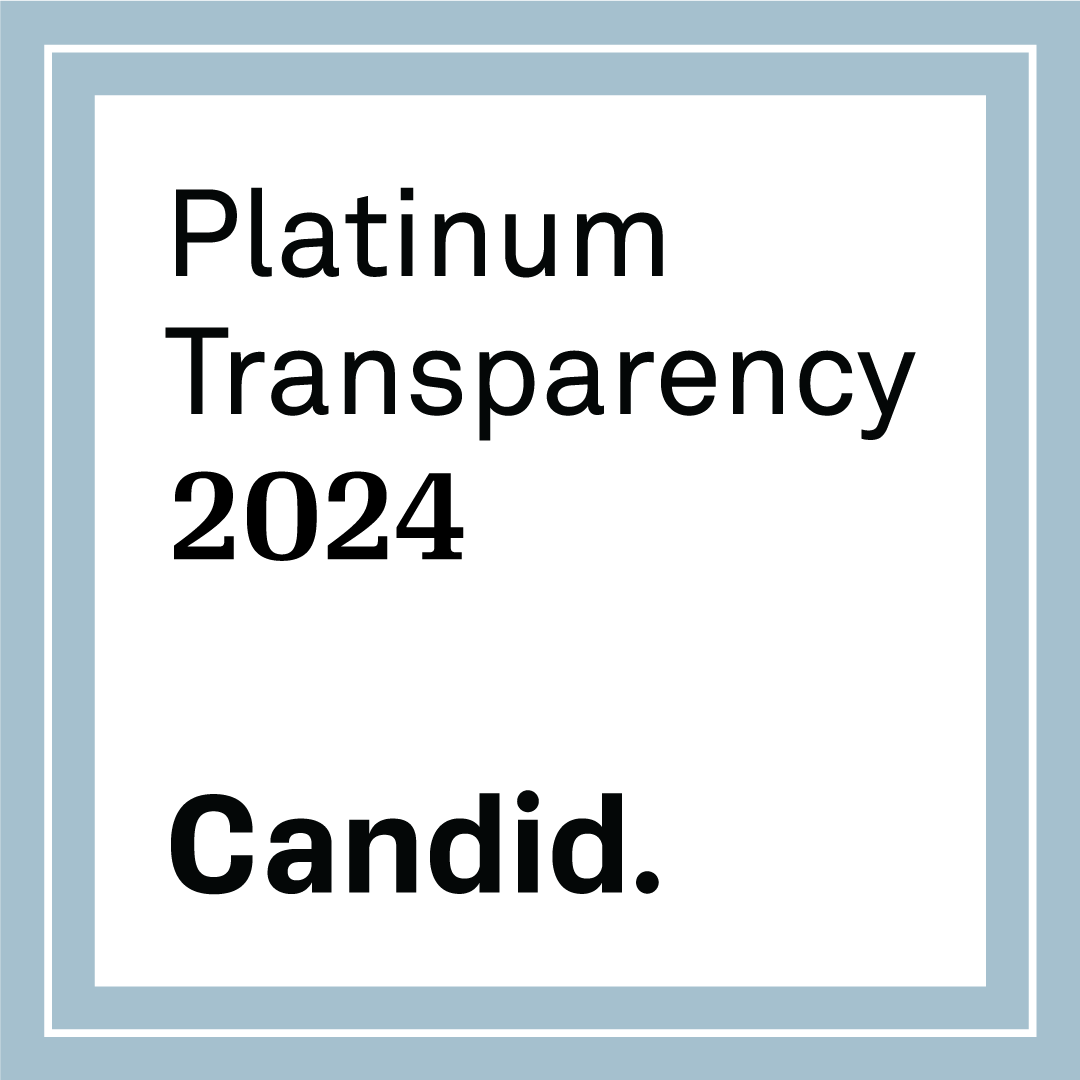
Water knows no boundary; it flows freely across city lines, county borders, and even state and national divides. When addressing water quality issues, such as debris, stormwater pollution, or ecosystem health, it’s crucial to look at things from a watershed perspective rather than a political one. That’s why, in 2005, we founded Inland Empire Waterkeeper.
Orange County and the Inland Empire are deeply connected through culture, industry, and, most importantly, water. Spanning 2,650 square miles, the Santa Ana River watershed is the largest watershed in Southern California, encompassing areas of Orange, Riverside, and San Bernardino counties. Expanding our mission into the Inland Empire allows us to link the upper and lower sections of the watershed, tackling water quality issues from source to sea!
In this installment of Coastkeeper Chronicles, we’re shifting the focus away from Orange County and onto our neighbors to the northeast. Over the past 20 years, IE Waterkeeper has grown to be the leading voice for clean water in the upper Santa Ana River watershed.
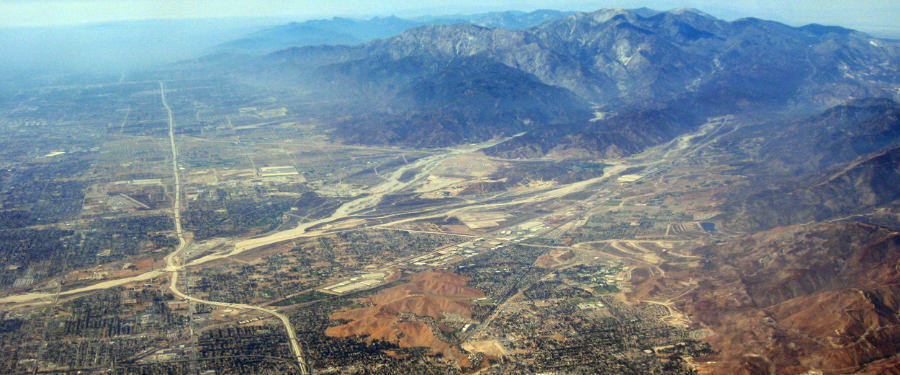
Founding IE Waterkeeper
In the early 2000s, the Inland Empire experienced rapid growth in housing developments and industrial complexes. Historically, explosive development in a region tends to have a tremendous impact on local water quality. We saw the writing on the wall and knew that the Inland Empire needed a voice for clean water in the face of unchecked development. Thus, IE Waterkeeper was born.
Rather than applying a one-size-fits-all approach, our staff knew IE Waterkeeper needed to be led by local voices who understood the region’s culture and challenges. Mandy Revell, an environmental law scholar with a J.D. from Chapman University, became the organization’s first director, working to establish its early restoration and advocacy efforts.
One of her first projects focused on restoring a tributary to the Tequesquite Arroyo and Sycamore Creek, reconnecting natural waterways and reviving native habitats critical for local wildlife. Mandy helped build IE Waterkeeper’s foundation before eventually joining the California Coastal Commission, where she continues to advocate for watershed resilience.
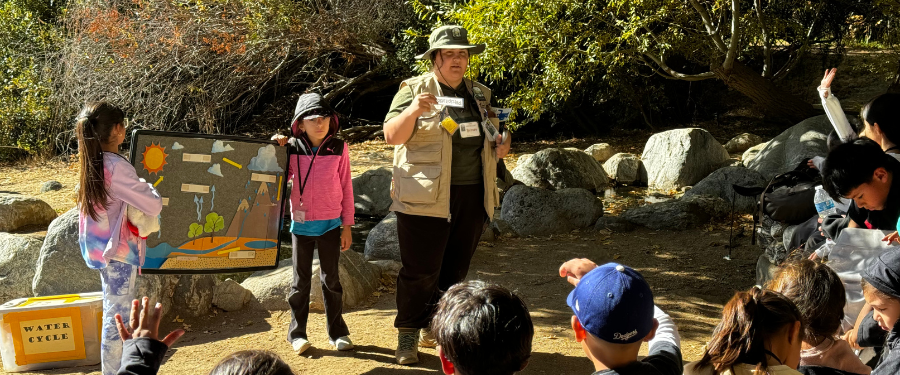
IE Waterkeeper Today
Today, IE Waterkeeper is led by Johanna Ramos, a Fontana native who has expanded the organization’s impact through education, advocacy, and enforcement. One of its standout programs, River KATS, connects Inland Empire students to their watershed through engaging field trips, even taking some students to Orange County beaches to highlight the link between upstream actions and coastal health.
Beyond education, Waterkeeper leads regular trash cleanups along the Santa Ana River and its tributaries. Its enforcement program holds industrial polluters accountable by enforcing the Clean Water Act, requiring bad actors to clean up their facilities and aid local restoration projects as a penalty for polluting.
Just as rapid housing and industrial expansion threatened water quality 20 years ago, today’s surge in warehouse and logistics center developments is creating new environmental concerns. While several studies have analyzed the logistics industry’s impact on local air quality, less is known about its impact on water quality. Our team is currently researching this issue and connecting with other IE environmental groups to see how we can step in to protect water quality from unsustainable development.
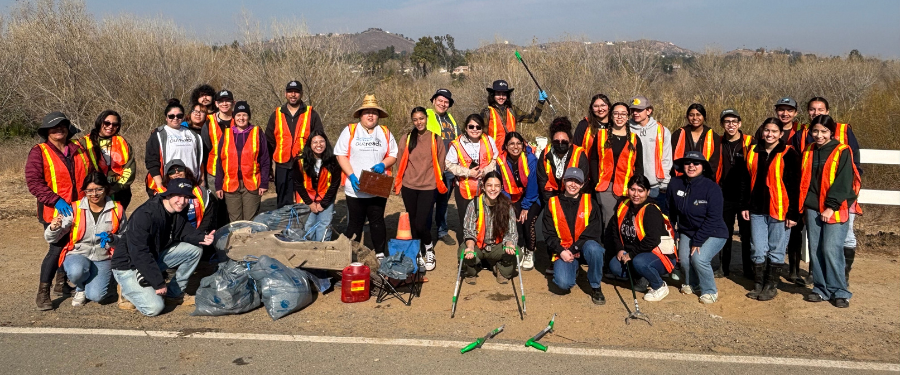
One of our first steps to address this water quality threat is to support AB 1313, a new state bill introduced by Assemblymember Diane Papan with backing from the California Coastkeeper Alliance. This bill would require commercial properties and other facilities with large parking lots to comply with statewide stormwater permits. Currently, these properties are unregulated, even though they are a major source of toxic metals, oil, grease, and trash in our waterways. As a result, the responsibility for managing this pollution falls inequitably on cities, counties, and industrial facilities.
AB 1313 would create a more balanced system, ensuring that commercial polluters contribute their fair share to protecting clean water. In the Inland Empire, where overdevelopment has created an urban landscape dominated by impervious surfaces, this legislation could have a significant impact on water quality.
Inland Empire Waterkeeper has grown exponentially over the past few years and has no signs of stopping anytime soon. We encourage you to stay connected and get involved with their work by checking out their website, iewaterkeeper.org.
Together, Orange County Coastkeeper and Inland Empire Waterkeeper are your voice for swimmable, drinkable, fishable waters in the Santa Ana River watershed. As always, we would be powerless without your support and encouragement. Thank you for your continued commitment to clean water.
Coastkeeper Chronicles is an ongoing blog series highlighting Orange County Coastkeeper’s most iconic and impactful wins for clean water. Click here to read more entries from this series.


